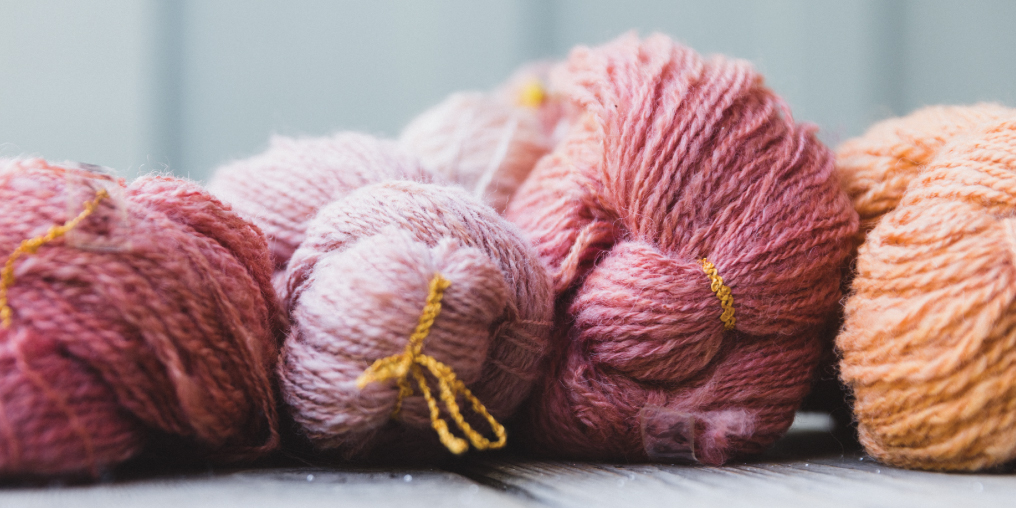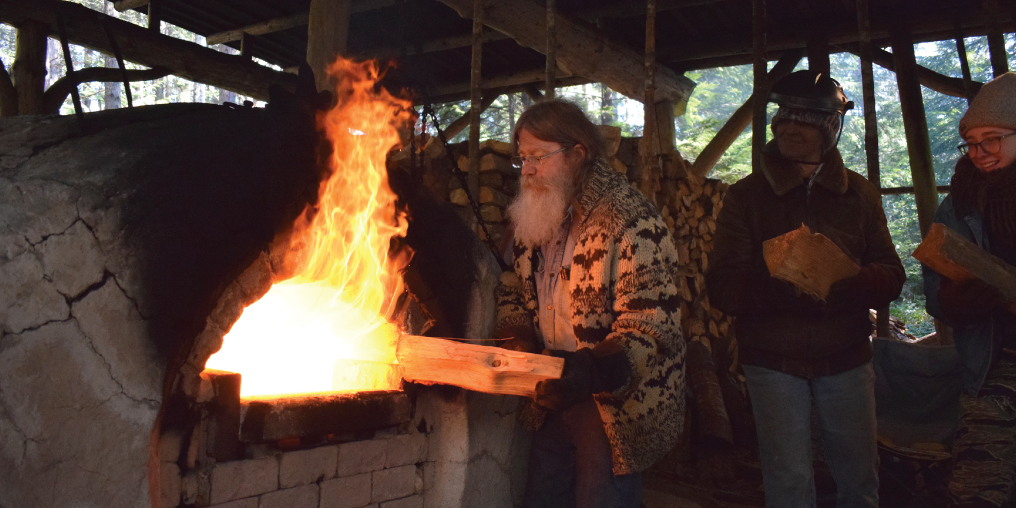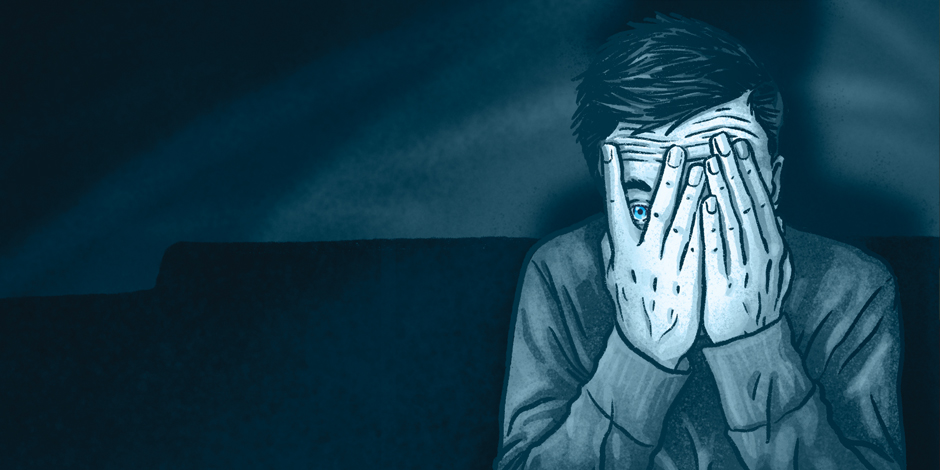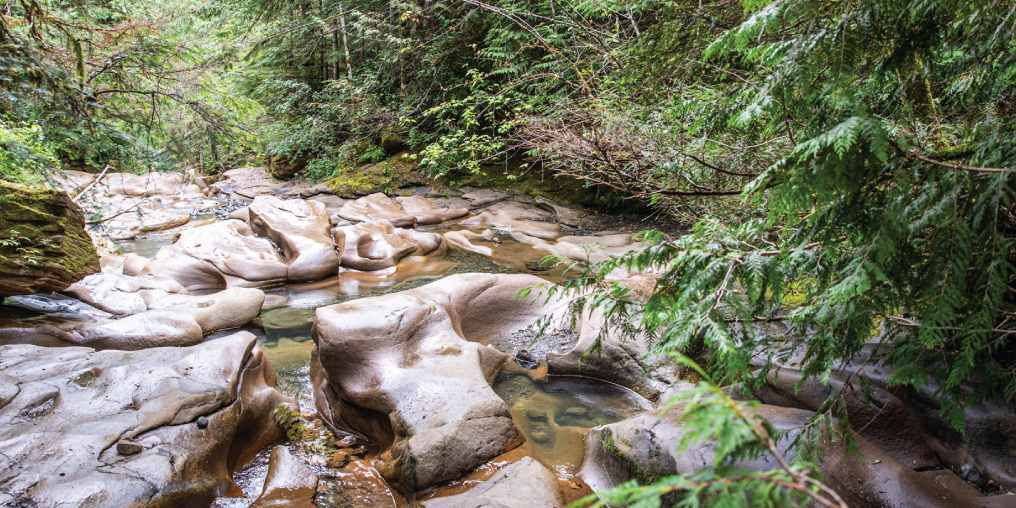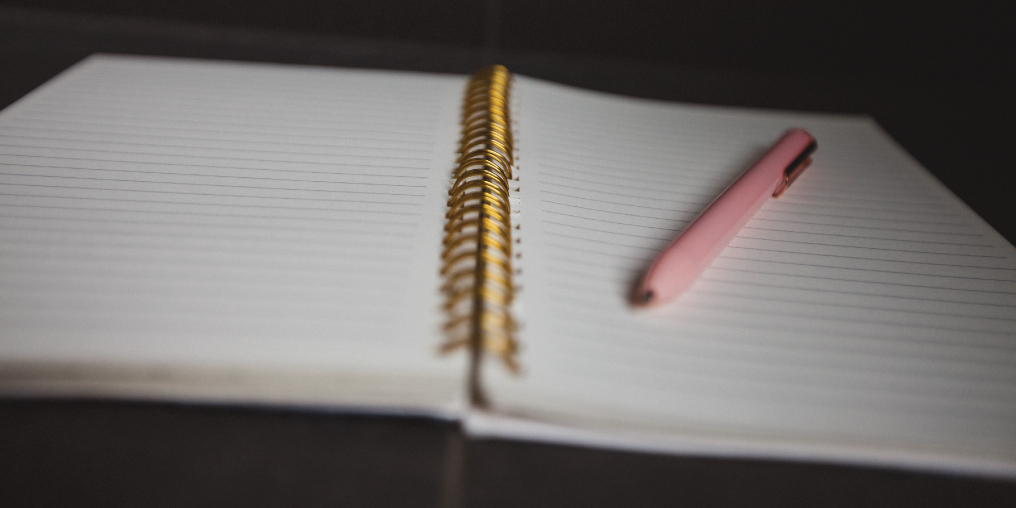When I was a kid growing up in the northern boreal forest, my mother took me and my siblings out foraging for edible mushrooms in the spring. I loved these expeditions filled with the wonder of the forest and all its gifts. Mom taught us what to look for and what to avoid, and we loaded up our small baskets. Once home, we’d fry up our harvest with butter and savour every morsel of their earthy goodness.
We just had to make sure we were harvesting the right species, and obviously we did, since I’m here to tell this story.
Once I left home, my passion for foraging went dormant. It was only when I relocated to Vancouver Island in 2007 that my interest reignited, like fungi after a rain. I learned from knowledgeable mycophiles like Shannon Berch, an emerita research scientist with the British Columbia Ministry of Environment and an associate member in Botany at the University of British Columbia. Berch, a founding member of the South Vancouver Island Mycological Society, leads workshops that introduce the layperson to the wonders of mycology. When I took an October weekend workshop on Quadra Island, she had each of us bring at least one mushroom to the first session, so that we could begin the process of classification and identification.
Although the title of that workshop was “Edibles and Their Poisonous Look-alikes,” Shannon also taught us about the properties of different mushrooms, where and when they “bloom,” ethical harvesting, and the important role of the mycelial network beneath the forest floor. That workshop transformed how I experience the forest: for the first time, I was seeing the interconnections of an ecosystem.
I attended the workshop with my husband and two adult children, and there we met Amy Crook, a new neighbour of ours in the Comox Valley. She already had some knowledge and was looking for foray partners. Much to our mutual delight, we found each other! Being relative newcomers to the west coast, our family needed someone with more experience to verify what we thought were chanterelles. Some were, some weren’t, and we quickly learned to trust Amy’s identification skills.
Like most foragers I know, Amy didn’t divulge her knowledge quickly. But she soon recognized and embraced our enthusiasm. Our son Russell started researching what mushrooms grow in association with specific trees and plants. He’d describe the required ecosystem and I applied what I knew from several years of hiking on the North Island so we could search for chanterelles, hedgehogs, and matsutake.
Not everyone would call this fun, but we were hooked by the thrill of the hunt. Imagine looking for Easter eggs, except we weren’t limited to just one day—we had an entire season, beginning with fall rains and lasting until the frosts were hard enough to turn mushrooms into “shroomsicles.”
At some point, Amy started pointing out the mushrooms that she used fordyeing raw fleece, almost casually, testing my interest. She referred to a book called Rainbow Beneath My Feet (now out of print). I was elated to learn more about uses for non-edibles; my foraging season was expanded by learning about the best mushrooms for Amy’s dye pot.
The colour of a mushroom does not always indicate what the finished dye colour will be. Take, for example, dyer’s polypore (Phaeolus schweinitzii) which is mostly brown, yet produces a range of colours from golden yellow to forest green. The red lobster mushroom (Hypomyces lactifluorum), on the other hand, creates a beautiful array of deep to pale pinks.
Amy credits her Grandma Crook for her passion for all things handmade. She fondly recalls the beautiful handwork crafted by her grandmother, who was, at one time, a seamstress for the British royal family. Amy absorbed an appreciation for “slow making” as she witnessed the meticulous creation of hand-sewn items. The finished products were works of art.
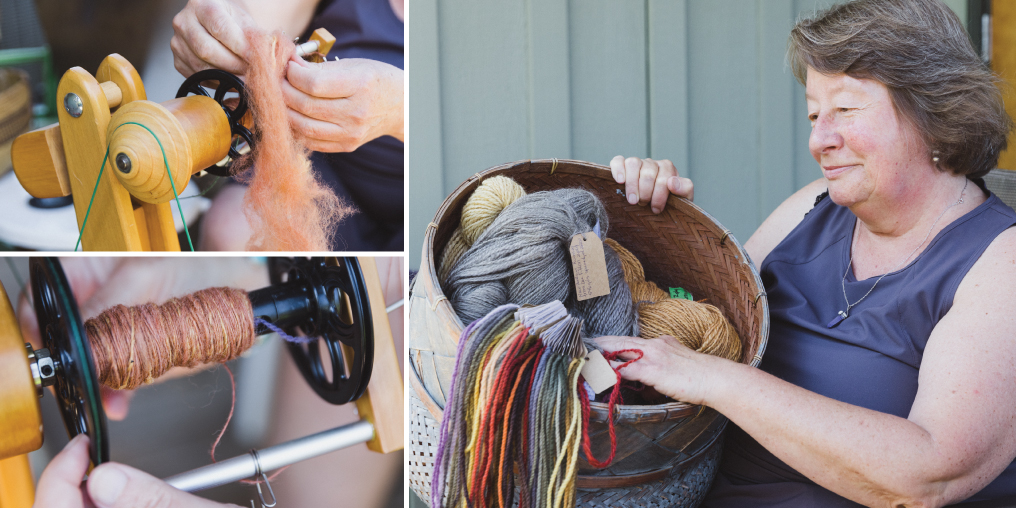
At the height of a stressful career as a fisheries biologist in Alaska and BC, Amy turned to slow making as a meditative practice. Her work supported Indigenous rights and claims to the land in the face of industrial interests’ proposed mining and oil-extraction projects. Creating woven and knit projects—moving through all the stages from raw fleece to finished product—calmed her mind and provided a refuge from work-related controversies. She called it “fibre worship.”
In her practice, Amy brings scientific method to the dye pot. She loves natural dyes like mycopigments (mushroom dyes) since the outcomes are often a mystery. No matter how methodical she is, there are no guarantees, but she uses a tracking spreadsheet to record everything anyway, in the hopes of being able to duplicate successes: “You set an intention, follow a recipe, and something happens. You put on your wizard hat, add pinches of this, bunches of that, and … Opening the lid to the pot, you either exclaim a delighted, ‘Oh!’ or a disappointed, ‘Hmmm!’”
Some factors Amy records on her spreadsheets are pH; ratio of mushroom weight to fleece; amount of water; water temperature; length of time in the dye bath; type of fleece; and age of the mushrooms being used. Her left brain insists on recording and tracking her process, and this patient approach helps her create magic in her dye pot: each year, she gets more consistent, vibrant results.
Amy tells me there are fourteen steps in the process of working with raw fleece. Each one can take hours and hours. Here are half of them:
· Clean the fleece (Amy sources her wool from Vancouver Island farmers)
· Pick out the vegetative matter
· Dye it
· Card it
· Spin it
· Knit or weave it
· Wear or use it!
If you want to go deeper down the fungi-and-fibre rabbit hole, there is an international organization dedicated to nurturing this wizardly and wonderful passion: the International Fungi & Fibre Federation.

